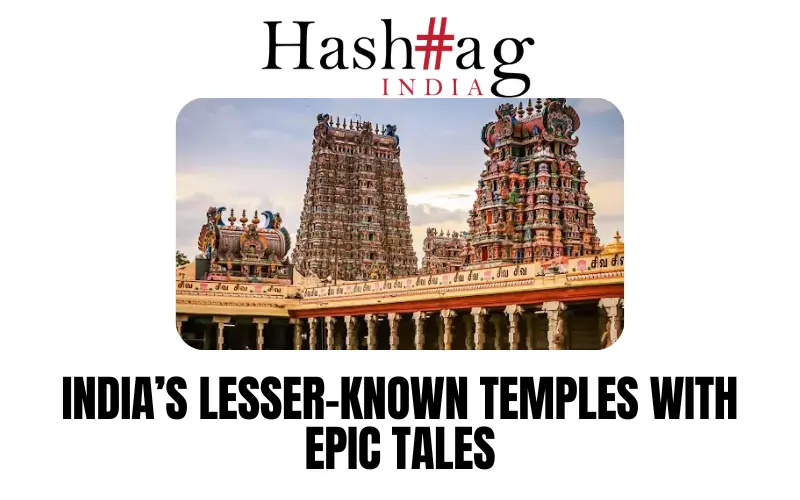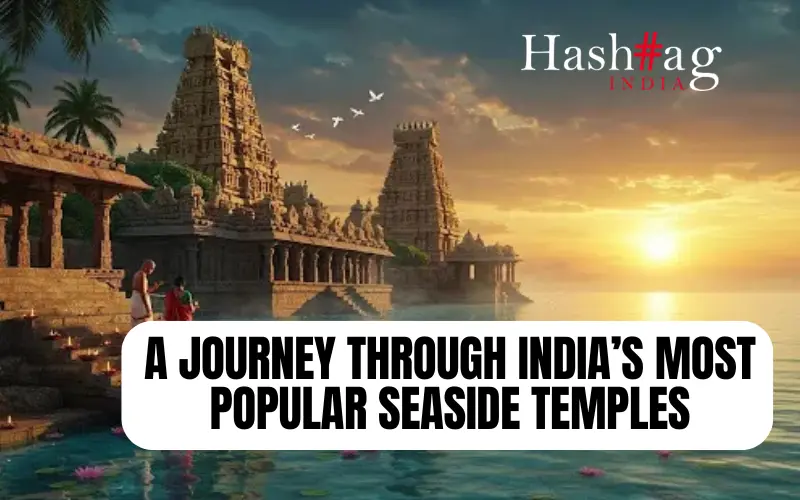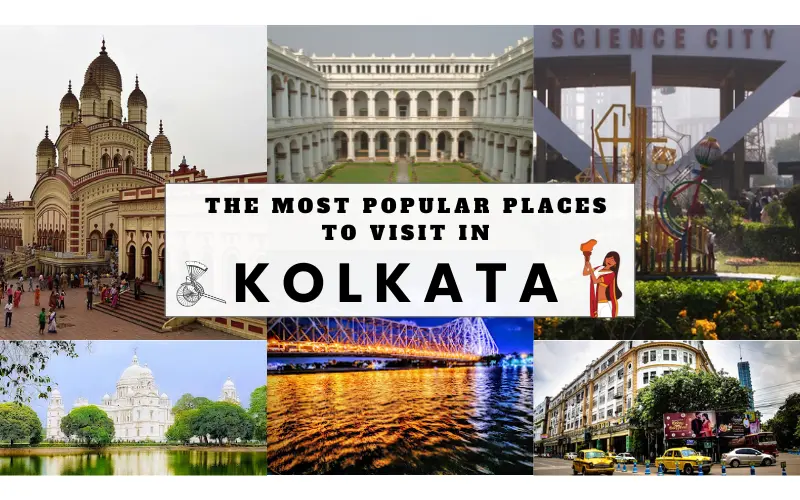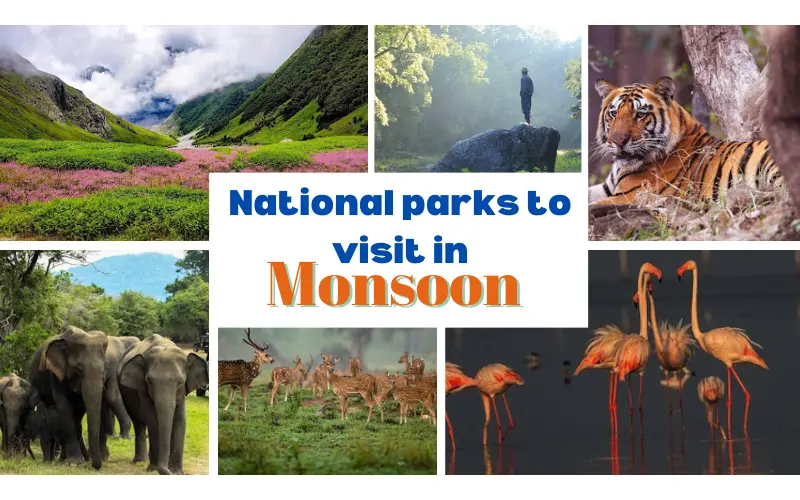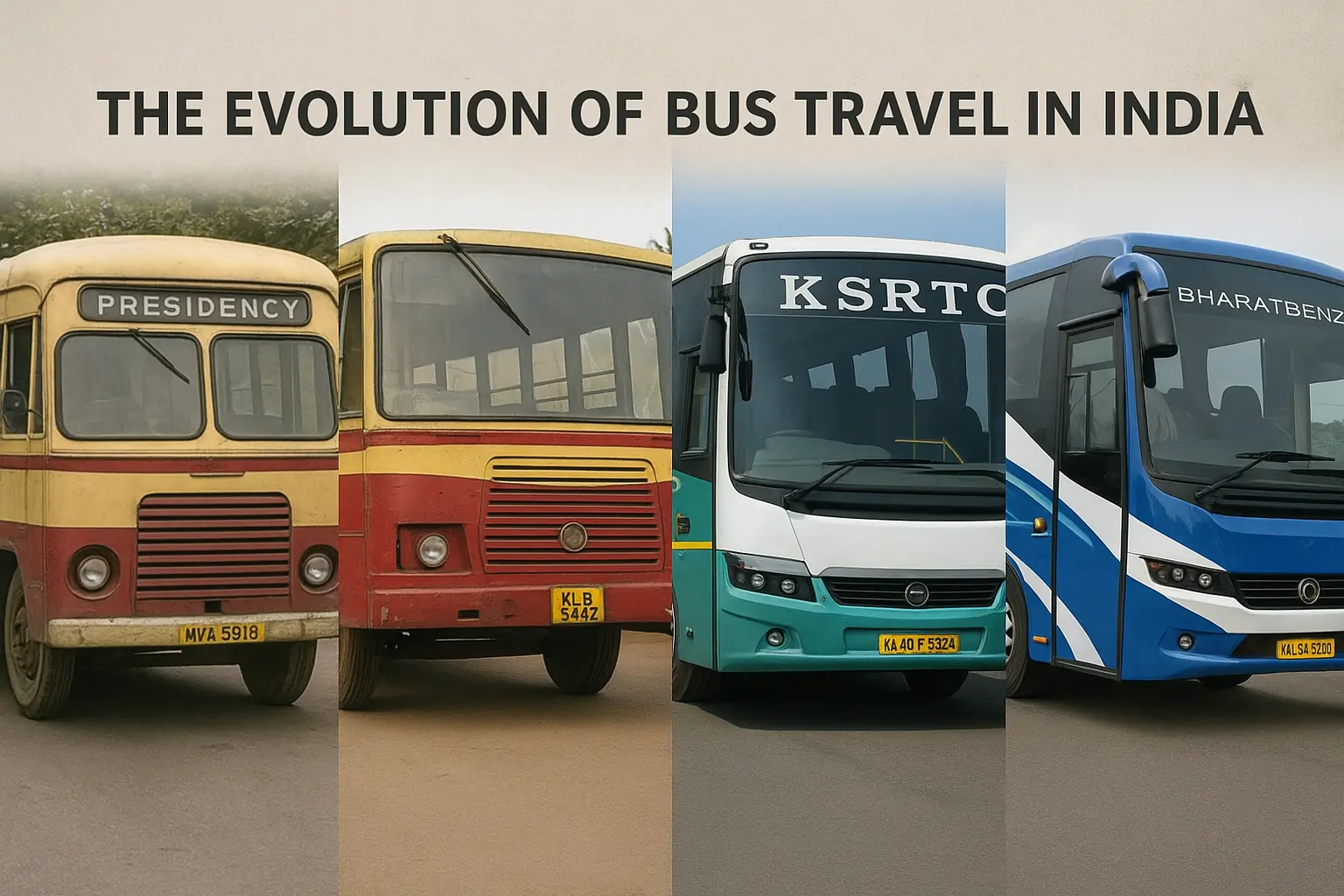Maha Shivaratri is one of the most important festivals in Hinduism. It is dedicated to the worship of Lord Shiva, the destroyer of evil and the transformer of life. It is celebrated on the 14th night of the month of Phalguna, which usually falls in February or March. On this night, devotees of Shiva stay awake, chant his name, offer prayers, and perform rituals to seek his blessings and grace. Dhanush Kumar writes about the best destinations for a spiritual retreat during Maha Shivaratri.
Varanasi

Varanasi is considered the spiritual capital of India and is home to many Shiva temples. The most famous one is the Kashi Vishwanath Temple, where Shiva is worshiped as the lord of the universe. During Maha Shivaratri, the temple is decorated with lights and flowers, and thousands of devotees flock to offer their prayers and witness the grand aarti. You can dip in the holy Ganga river and attend the evening Ganga Aarti.
Haridwar and Rishikesh

Haridwar and Rishikesh are two holy cities located on the banks of the Ganga River at the foothills of the Himalayas. They are famous for their ashrams, yoga centers, and spiritual retreats. During Maha Shivaratri, you can visit the Mansa Devi Temple and the Chandi Devi Temple, where Shiva’s consort Parvati is worshiped as the goddess of power. In Rishikesh, you can visit the Neelkanth Mahadev temple and practice yoga and meditation.
Khajuraho, Madhya Pradesh

Khajuraho is a UNESCO World Heritage site famous for its temples. The monuments comprise 25 temples the Chandela dynasty built between the 10th and 12th centuries. The temples are dedicated to various Hindu deities, including Shiva, Vishnu, and Devi. During Maha Shivaratri, the temples are illuminated with lights and candles, and cultural programs like dance and music are organized.
Srisailam, Andhra Pradesh

Srisailam is a hill town in the Nallamala forest on the banks of the Krishna River. It is one of the 12 Jyotirlingas, the most sacred abodes of Shiva, where he is worshiped as Mallikarjuna. It is one of India’s oldest and largest temples, dating back to the 2nd century. During Maha Shivaratri, the temple is thronged by lakhs of devotees who perform rituals like abhishekam, rudrabhishekam, and mahanyasam.
Arunachalam, Tamil Nadu

Arunachalam, also known as Tiruvannamalai, is a sacred hill where Shiva is worshiped as Arunachaleswarar, the lord of fire. The temple, located at the base of the mountain, is one of the largest temples in India and one of the Pancha Bhoota Stalas. During Maha Shivaratri, the temple is adorned with lights and flowers, and devotees circle the hill, which is considered a form of Shiva himself.
Chidambaram, Tamil Nadu

Chidambaram is a town and a temple complex where Shiva is worshiped as Nataraja, the lord of the dance. This is where Shiva performed his cosmic dance, and the temple is associated with the element of space. The temple has a golden roof, a thousand-pillared hill, and a sanctum representing the universe’s centre. During Maha Shivaratri, the temple celebrates the Ananda Tandava and conducts special rituals and ceremonies.
Ekambareswarar, Tamil Nadu

Ekambareswarar, also known as Kanchipuram, is a city and temple where Shiva is worshiped. The temple is also known as Kanchi Kaialasanathar Temple, and here Shiva is associated with the element of earth. The temple also has an ancient mango tree, which is said to be 3,500 years old. During the festival, the temple conducts elaborate puja and abishekam to the lord and offers the mangoes as sacred offerings to the devotees.
Conclusion
Maha Shivaratri is a festival that celebrates the power, grace, and love of Lord Shiva. It is a time to seek his blessings, purify the mind, and elevate the soul. So pack your bags, book your tickets, and prepare for a divine journey. Om Namah Shivaya!


